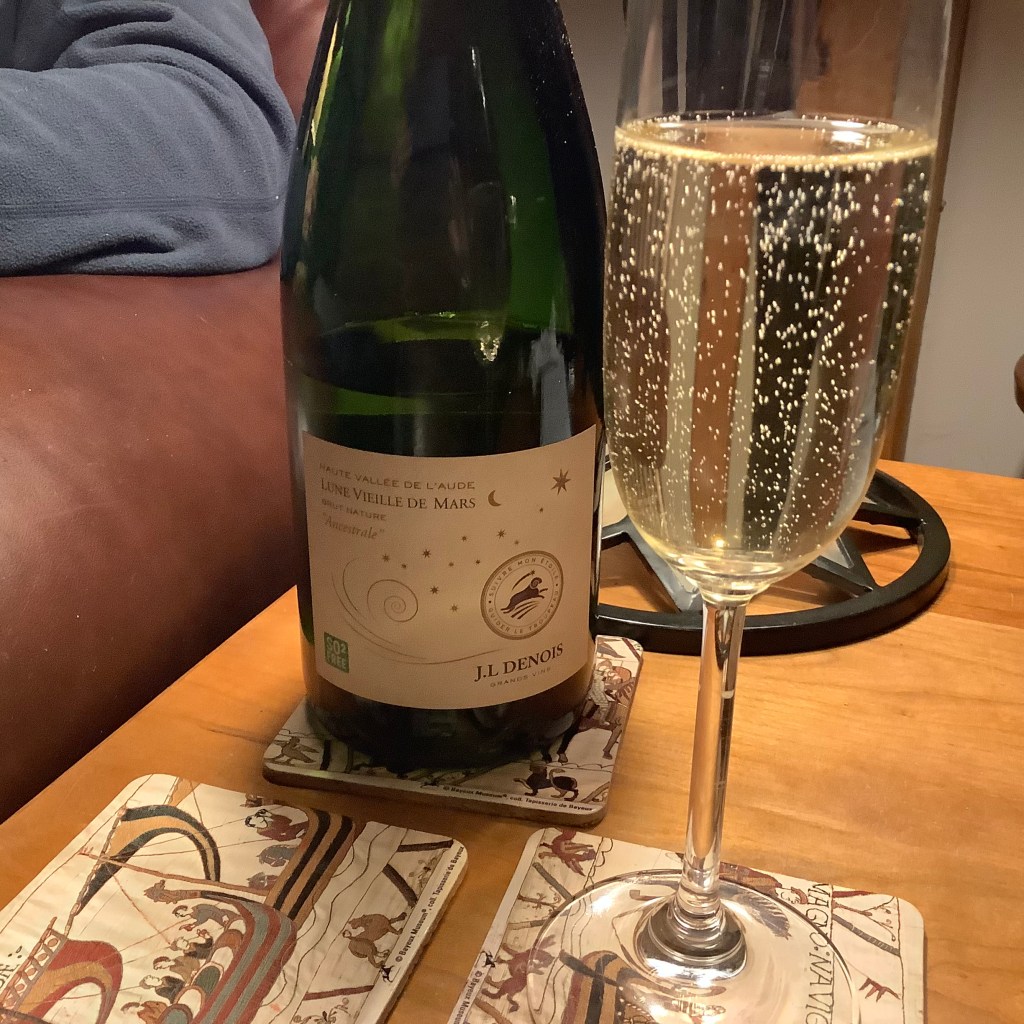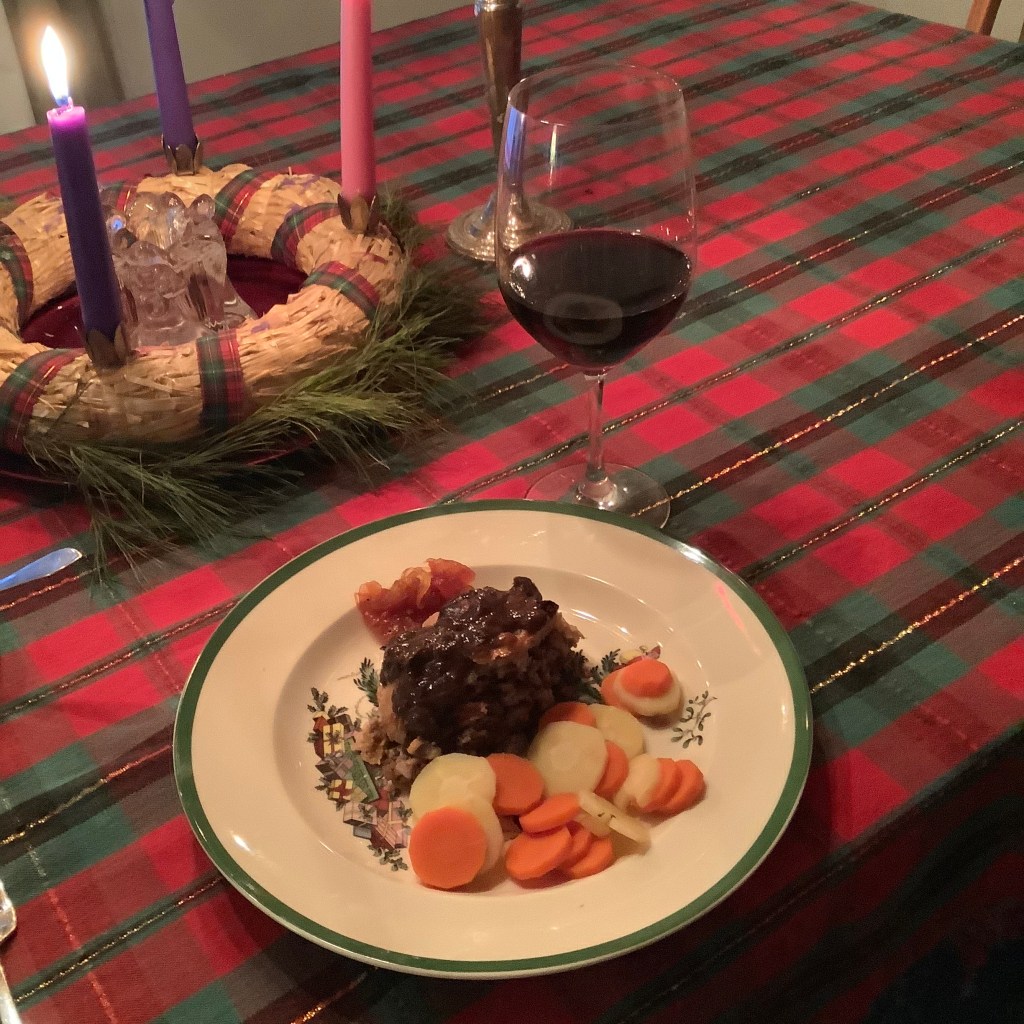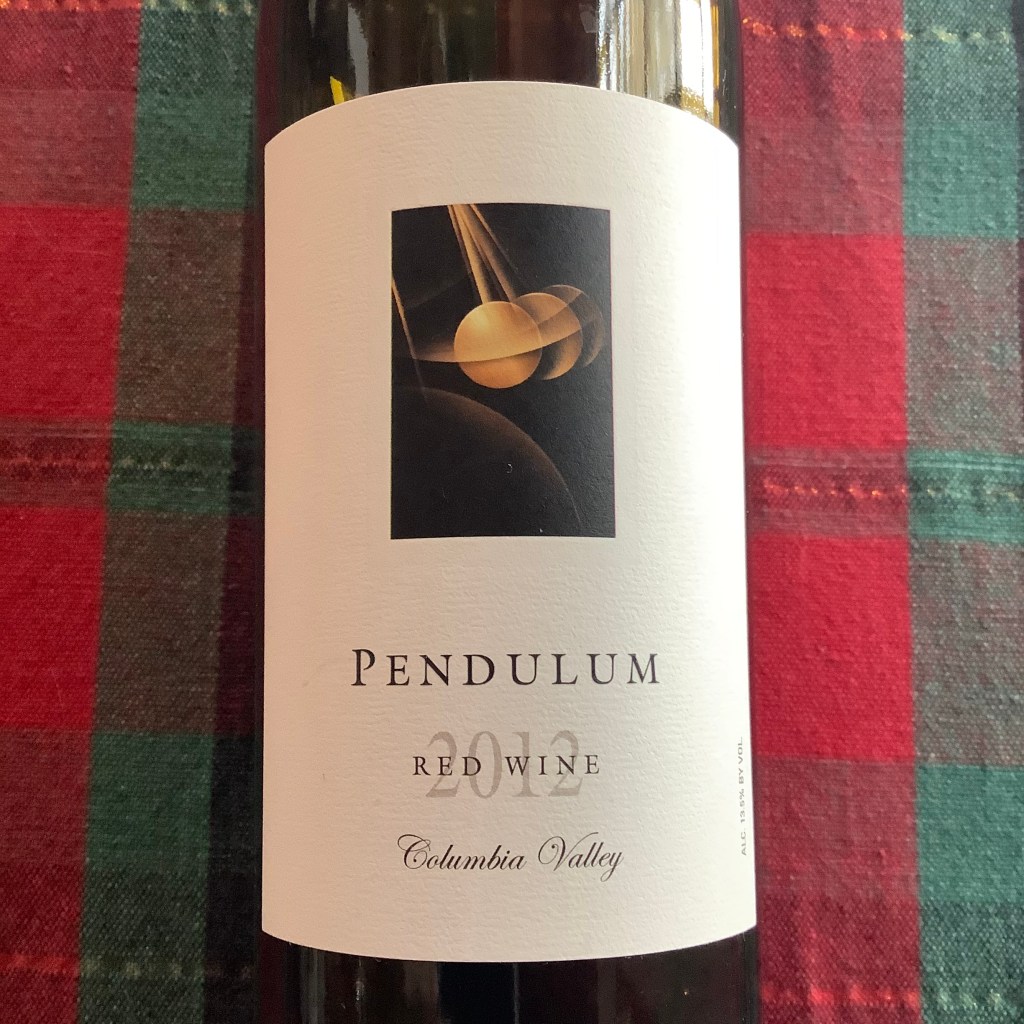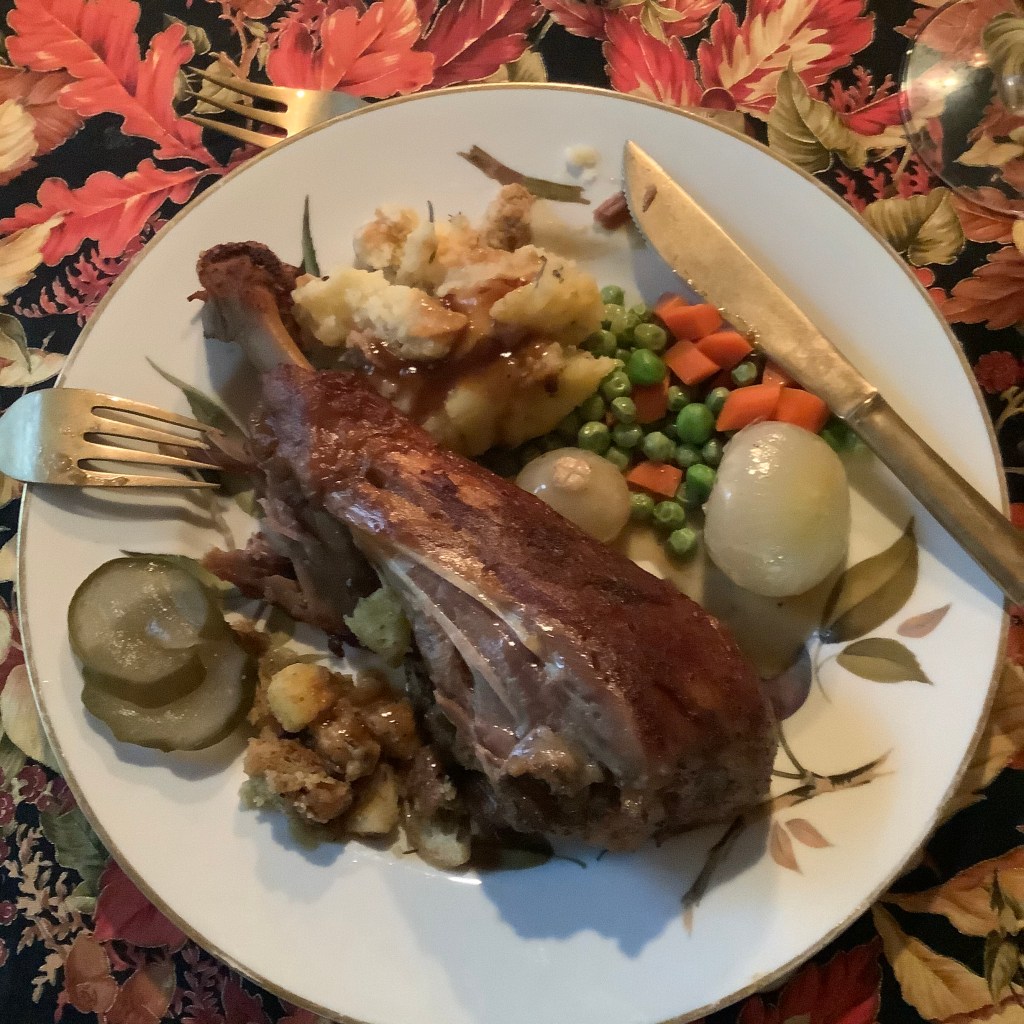Pairing: Lamb Shanks and Homemade Noodles, Paired with a 2013 Dutcher Crossing Cooney Reserve Cabernet Sauvignon (from Alexander Valley)
Food: This meal started life as my mother’s signature dish, Lamb Shanks and Spaghetti, and all of us loved it. Her version was simplicity itself … two or three meaty lamb shanks, tomato juice, chili powder, green peppers, salt and pepper. Braise the meat for a few hours in the juice and seasonings. When the meat is practically falling off the bones, remove all of the meat from the bones, skim the fat off the remaining liquid, reduce until thickened and serve over Ronzoni spaghetti (Is there another kind?). We couldn’t get enough of it.
Fast forward sixty + years. Now the pasta of choice is homemade noodles made with white whole wheat flour, semolina, and an egg. Our lamb shanks come from a nearby sheep farm. Let’s see … tomato juice — check, peppers — check, chili powder – check, seasoning — check. Pretty much the same as Mom’s dish except, of course, for the thick, chewy homemade noodles. That change brings an already yummy dish to another whole level.

Wine: One would be hard pressed to find a better place to produce Cabernet Sauvignon than the Alexander Valley in Sonoma County. Within its vast 3 million acres resides California’s North Coast, one of the world’s premier wine regions. It contains Napa, Sonoma, Russian River Valley, Stag’s Leap, and Carneros, often referred to as “the aristocracy of American Wine”. The Alexander Valley, located in the northern part of Sonoma enjoys a warm, dry growing season with cool evenings due to its proximity to the coast and the cooler fog that rolls inland in the evening. The soils are deep alluvial gravel, requiring the vines to expend considerable energy just to grow deep roots to access the limited water. This provides just the right level of “stress” forcing the vines to focus their remaining energy on producing small, thick-skinned grapes with concentrated sugars. These are particularly good conditions for producing superb Cabernet Sauvignon. And, in our opinion, Dutcher Crossing Winery is among the very best producers of Cab in this stellar wine region.

Tasting Notes: Color is deep, dark garnet … almost black. Aroma of black currant dominates the nose, while a littler bit of fragrant leather sneaks in. The palate shows off some very nicely balanced tannins to help show off the jammy black currant and fresh blueberries. An exceptional Cab that goes perfectly with the flavors of rich lamb, spicy chili, and robust tomato. The rustic whole wheat noodles add even more depth to the dish. Delicious.
Other Wines That Pair Well with Lamb Shanks and Noodles: Shiraz (Australia), Malbec (Argentina), Rioja (Spain), Zinfandel (Sonoma, California)
Other Food That Pairs Well with Cabernet Sauvignon: Steak Au Poivre, Blue Cheese, Chocolate (Dark, Bittersweet), Grilled Hamburgers
More About the Alexander Valley Wine Region: Alexander Valley
A Source: Dutcher Crossing Winery

















